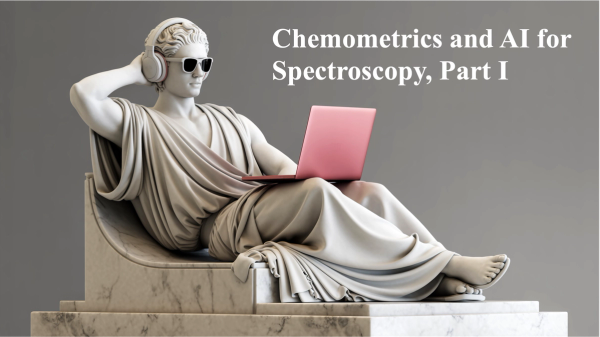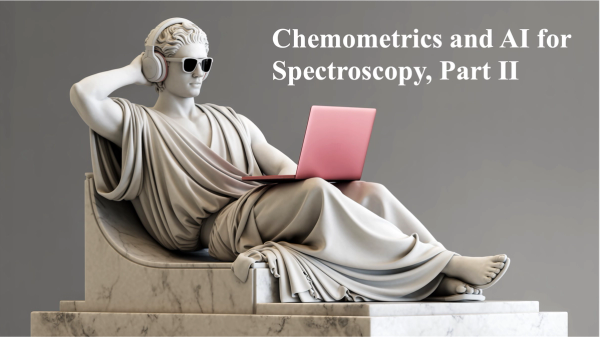
Spectroscopy
20 days ago
The Big Review VII: More Carbonyl Compoundsover 6 years ago
How to Choose the Correct Wavelength in ICP-OESLatest Content

Shorts










Podcasts
Videos
All Content

Artificial intelligence is transforming vibrational spectroscopy by automating calibration, feature extraction, and interpretation across Raman, infrared, near-infrared (NIR), and hyperspectral imaging (HSI) systems. This review of articles highlighted in Spectroscopy during 2025 captures several major developments, spanning data fusion, spectral imaging, and industrial and biomedical applications.

From San Francisco to Europe, we explored the most influential spectroscopy conferences of 2025, uncovering key trends, applications, and expert perspectives shaping the field today.

ABB announced that they will develop a lunar soil analysis instrument for Canada's Lunar Utility Rover, enhancing lunar exploration and resource utilization through advanced infrared spectroscopy.
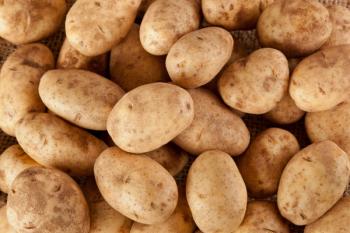
A recent study shows that bioimpedance spectroscopy can non-invasively and reliably assess fruit and vegetable freshness by tracking electrical changes during ripening.

In this Spectroscopy blog post, Yang Liu, a Scientific Liaison for General Chapters at the United States Pharmacopeia (USP), discusses how data-driven methodologies are set to transform spectroscopy in 2026 and beyond, particularly in pharmaceutical analysis.

Top articles published this week include a farewell address from associate editorial director Caroline Hroncich, a new column on carbonyl compounds from Brian Smith, and an inside look at A-TEEM spectroscopy.

A heartfelt farewell reflecting on the meaningful work, community, and accomplishments achieved during my time at Spectroscopy.
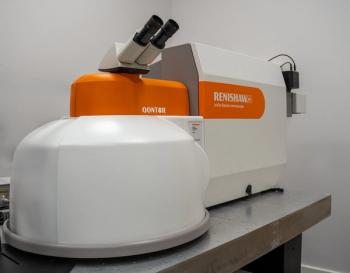
In a recent press release, Renishaw unveils TRRS technology, revolutionizing Raman spectroscopy by overcoming fluorescence challenges for accurate analysis of complex samples.
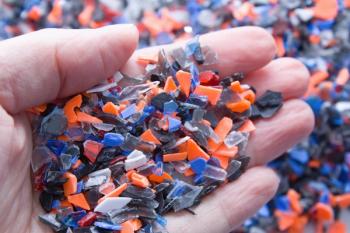
A study published in the Journal of Raman Spectroscopy reports the detection of polyethylene, PET, and nylon microplastics in Greece’s remote Dragon Lake on Mt. Tymfi.
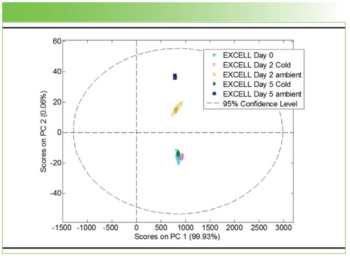
In this "Molecular Spectroscopy Workbench" column, a new spectroscopy, called A-TEEM, is explored.

A recent study from researchers in Indonesia and Taiwan demonstrates that tourism intensity on Gili Trawangan Island is strongly linked to higher microplastic contamination in coastal waters, sediments, and fish, highlighting the need for targeted waste management and sustainable tourism policies to protect vulnerable island ecosystems.
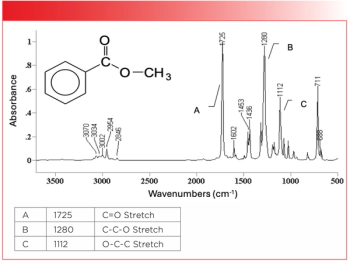
In this part of our ongoing review of the infrared spectra of carbonyl-containing functional groups, we will study the spectra of esters and carbonates. Esters are ubiquitous in our food and medicines, and polymeric carbonates form an important part of the materials around us. As always, concepts will be illustrated with reference spectra.

Discover how LIBS revolutionizes forensic science by enabling rapid, precise bone identification, overcoming challenges of traditional methods with advanced AI classification.

Spectroscopy is rapidly evolving, and professionals who build expertise in AI-driven analytics, automation, and high-demand sectors like pharma, biotech, and materials science will be best positioned to advance their careers despite industry-wide talent and budget challenges.

In 2025, the vibrational-spectroscopy community saw a convergence of deep learning, advanced simulation, and portable instrumentation that materially changed how spectra are interpreted and applied. Breakthroughs in spectrum-to-structure models, machine learning (ML)-accelerated molecular dynamics, and field-deployable classic Raman, near-infrared (NIR), and surface-enhanced Raman spectroscopy (SERS) sensors pushed vibrational techniques from complex laboratory characterization toward automated structure elucidation, rapid analysis, and real-world sample sensing (1–6,9). This summary article highlights key 2025 contributions and their implications for the year of discovery.
















